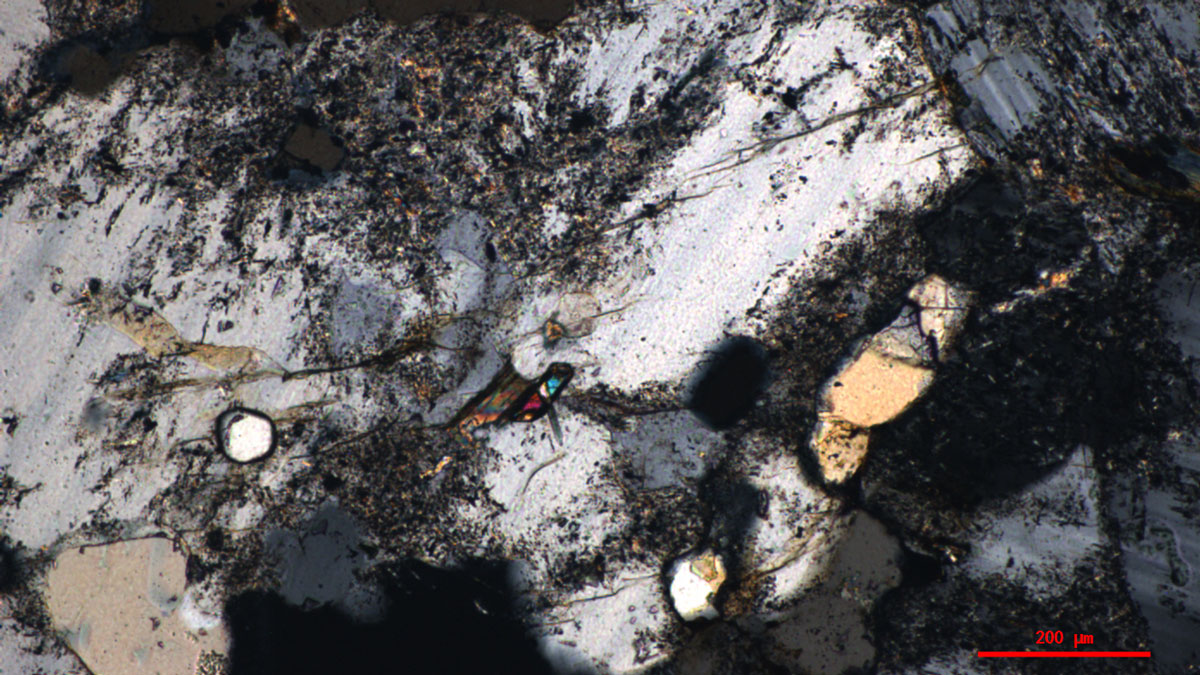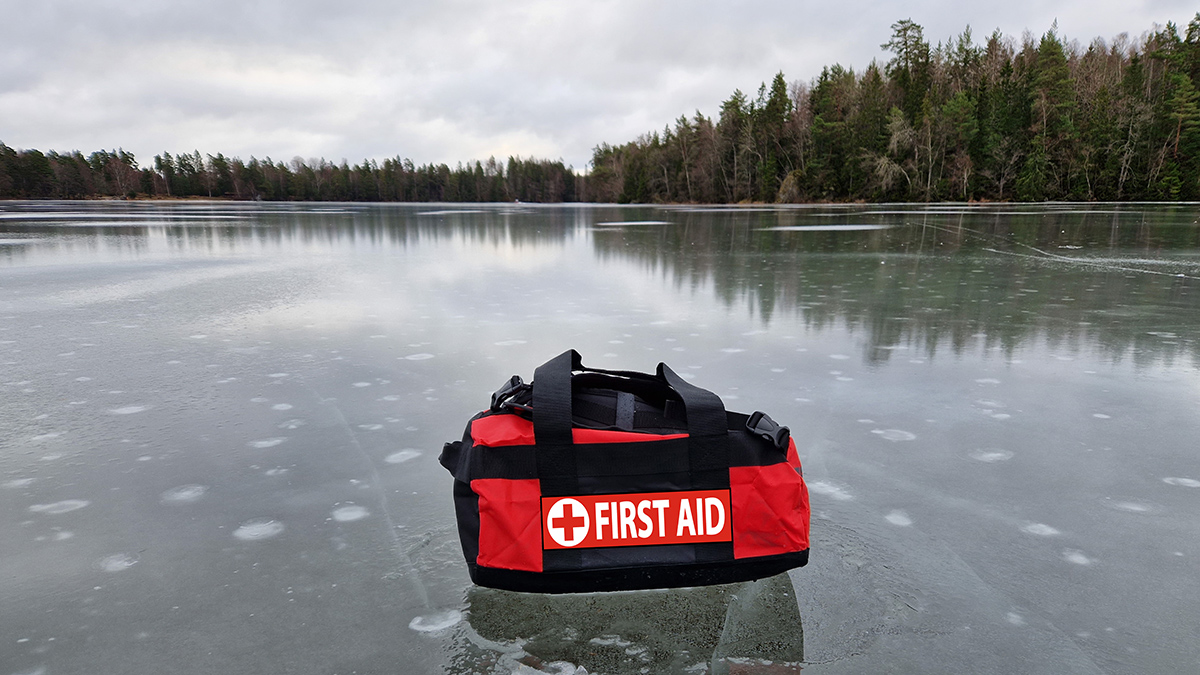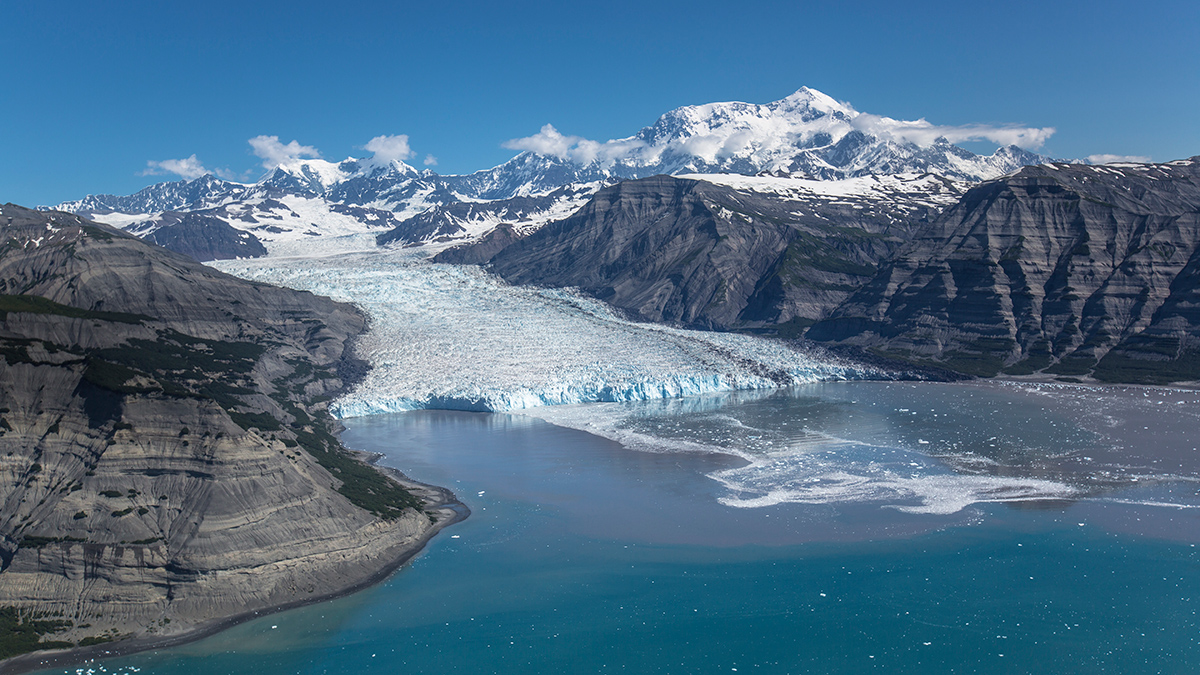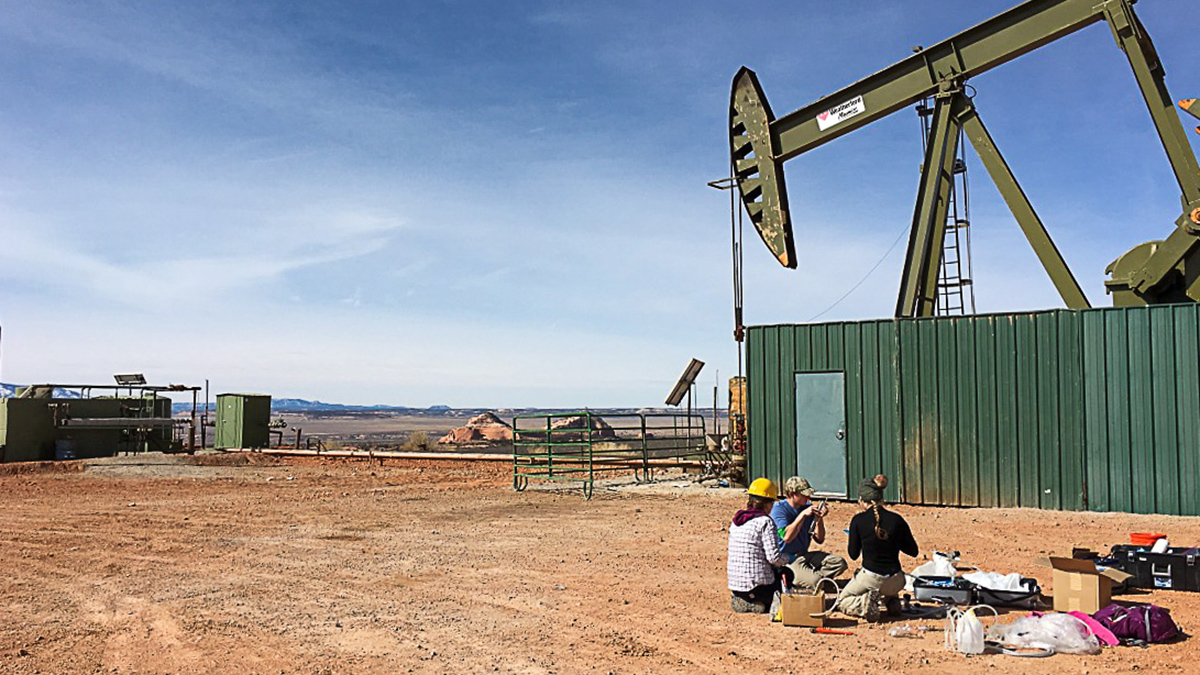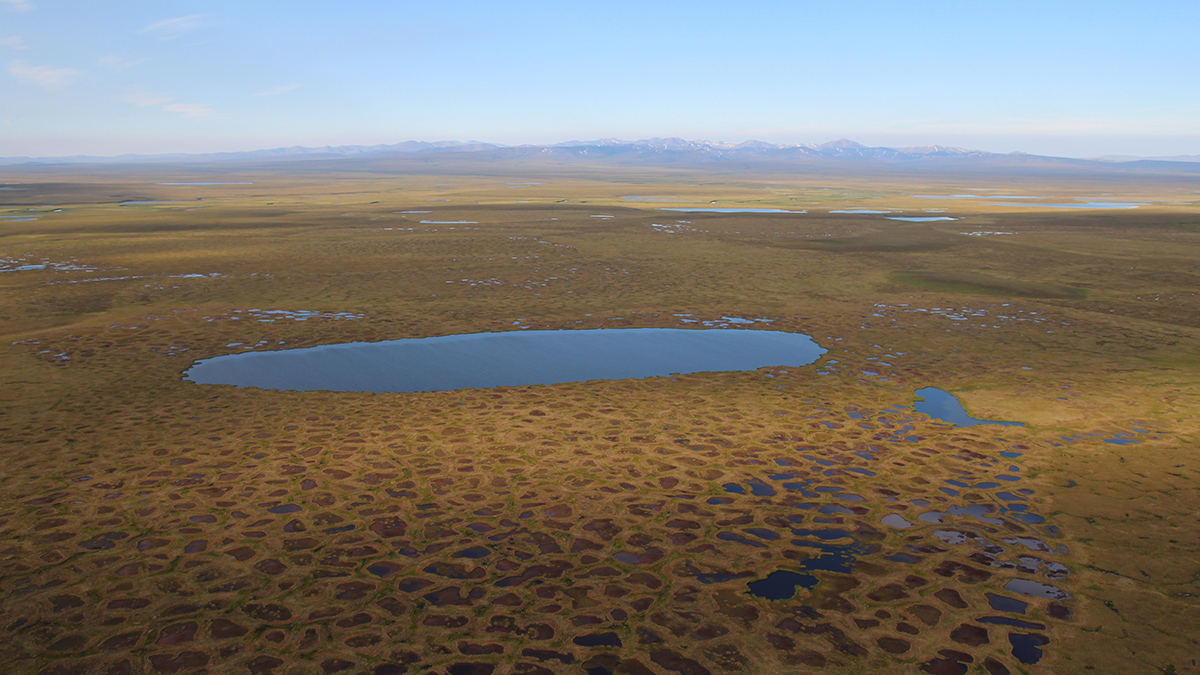As drought becomes a more regular occurrence, a new study looks at the U.S. Drought Monitor, the nation’s preeminent drought classifier, to see how it has reflected climate change since 2000.
Research Spotlights
Research spotlights are plain-language summaries of recent articles published in AGU’s suite of 24 journals.
Beneath the Ice: Greenland’s Geology Revealed in New Map
Advances in remote sensing offered an opportunity to redraw Greenland’s geologic map for the first time in 15 years.
A Better Way to Predict Arctic Riverbank Erosion
Permafrost thaw might cause Arctic riverbanks to erode more quickly. But a new study shows why these erosion rates aren’t as dramatic as some scientists feared.
Mantle Heat May Have Boosted Earth’s Crust 3 Billion Years Ago
Information from igneous zircon molecules gives researchers new insight into the workings of inner Earth.
Lakes Worldwide Need a Checkup
Lakes are facing a slew of health issues that may become chronic. Can human health care strategies help?
A Million Years Without a Megaslide
A new study goes deep into the Gulf of Alaska to examine the sixth-largest underwater landslide and investigate why a similar event hasn’t happened since.
Anthropocene Activities Dramatically Alter Deep Underground Fluid Flux
Scientists call for improved understanding of how our influence on deep subsurface fluids and microbes might affect the larger Earth system.
Animals Deserve to Be Included in Global Carbon Cycle Models, Too
Because they are far less plentiful than plants and microbes, animals have typically been excluded from examinations of carbon exchange in the atmosphere. But new research shows they may have a considerable influence on carbon cycle dynamics.
Northern Permafrost Region Emits More Greenhouse Gases Than It Captures
Permafrost underlies a quarter of the Northern Hemisphere. A comprehensive analysis shows that the area may have shifted from a sink to a source of greenhouse gases, bringing a longtime prediction to fruition.
Verifying the Mathematics Behind Ocean Modeling
A series of test cases designed to confirm the accuracy of ocean models could help improve our understanding of large-scale climate processes.




